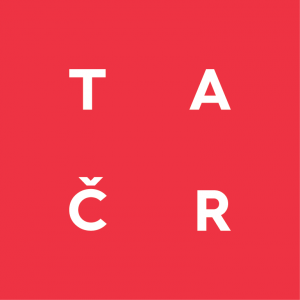| Project name: | DAMiAS – Data-driven Asset Management in Automobile Industry Based on Semantic Modelling |
| ID code: | TF04000054 |
| Supported by: | Technology Agency of the Czech Republic |
| Programme / Call: | DELTA 4 (STA02018TF040) |
| Project duration: | 01/2018 – 12/2019 |
| Overall budget: | Entire project: 13 535 000 CZK, State support: 9 982 000 CZK CIIRC CTU: 5 807 200 CZK |
| Main CIIRC CTU investigator: | Ing. Pavel Burget, Ph.D. |
| Main Participant: | Factorio Solutions, s.r.o. |
| Main Results: | Software: The analysis of records of discrete events Sematic models and their integration |
Annotation:
Goal of the project is the development of a methodological and technical solution to implement and introduce a data-driven asset management for producing companies within the domain of automobile industry. The benefit of this solution results from enabling companies in this cost-driven industry to operate their production systems and lines on a significantly higher level of efficiency than by today. Another goal of the project is to design and realize models of systems at various levels – communication, application and production and use them for diagnosis and predictive maintenance. The models will be realized on a common cloud platform used to gather and analyze data from the production. The cooperation within the consortium also allows increasing the range of the project significantly.
R&D project from programme DELTA is realized in years 2018 – 2019 with state support of 9,982 thou. CZK and focus on field of Computer sciences, information science, bioinformathics.
Research Results:
The analysis is based on the search for a pattern of data obtained from a production process record, with data representing discrete events such as product creation, machine startup, processing error, etc. It is assumed that individual machines are involved in the production process (assets) and that the data obtained comes from many consecutive production runs. Realized result enables to search in the data frequent repeating patterns on individual machines. The patterns are subsequently hierarchically assigned across machine groups. As a result, information can beobtained from the data on which machines are involved in a single operation without any knowledge of the structure of the production line and the production process. The advantage of the algorithm is its linear complexity with respect to the length of the input sequence. The analysis results in a set of identified partial sequences. These are the sequences that have the highest score during detection, which is typically the coverage of the input sequence and the frequency of occurrence. Such sequences represent individual manufacturing or assembly recipes / manufacturing processes. Each sequence, or identified process, is described by statistical distribution and characteristics such as the mean duration value, the duration variance, and the start time variance of the sequence relative to the beginning of the entire production cycle. Based on these statistical parameters, it is possible to look for anomalies in the data, which may indicate an emerging or already existing error in the production process.
Created SW module enables to obtain data from superior ontology and thanks to complex querying in SPARQL and creation of ontological concept instances with concrete cases new assets and data logs can be modeled. The proposed superior ontology integrates several models – an asset model, a process log model and a production process model for a given product. The knowledge gained from the individual parts of the model can be connected through the semantic links between the corresponding entities. The software module built uses the Apache Jena Ontology API open library, which is widely used in the ontology science community. The module works with information about products coming from the ERP system and maps the assets and logs to each other.



